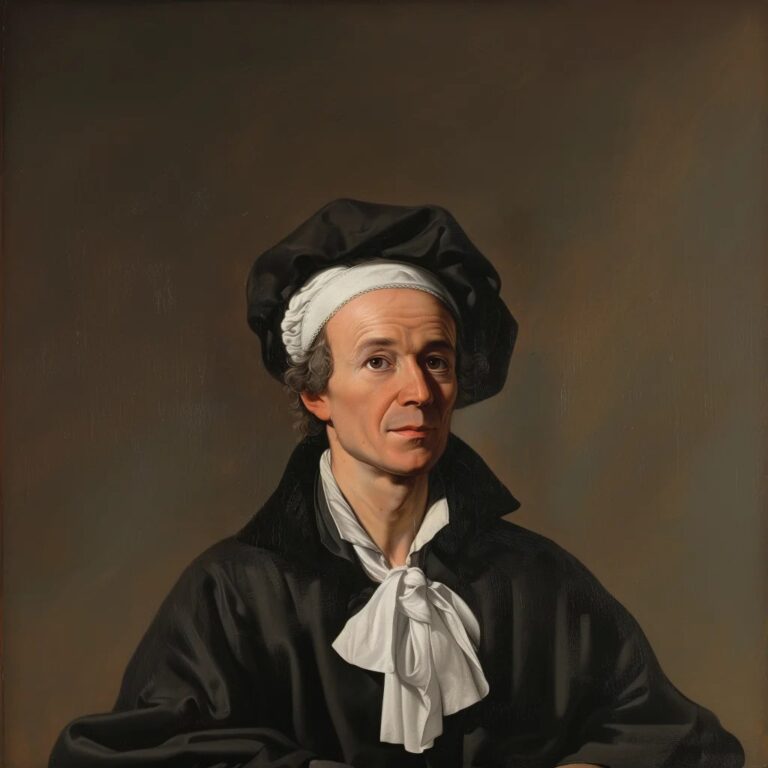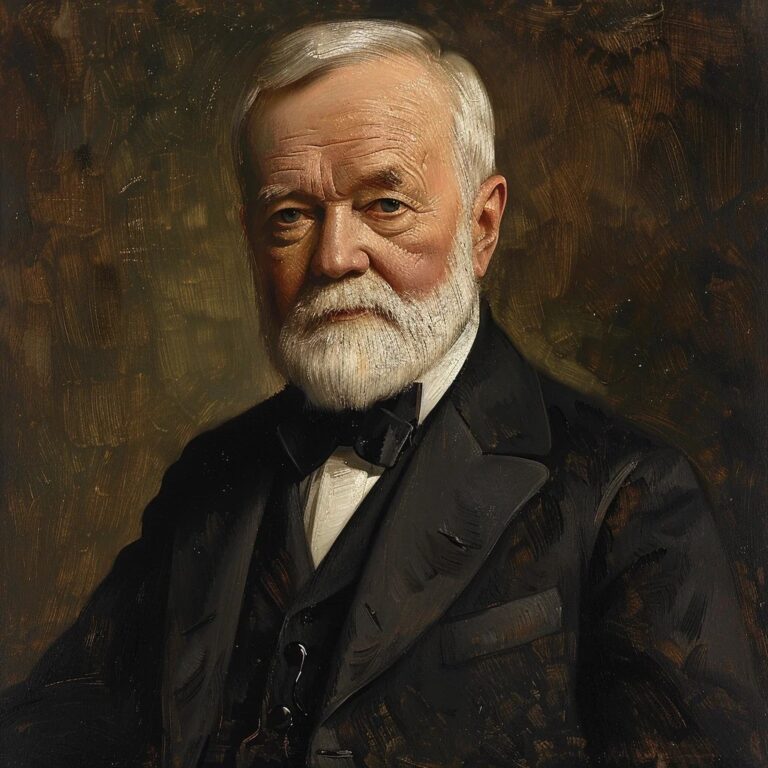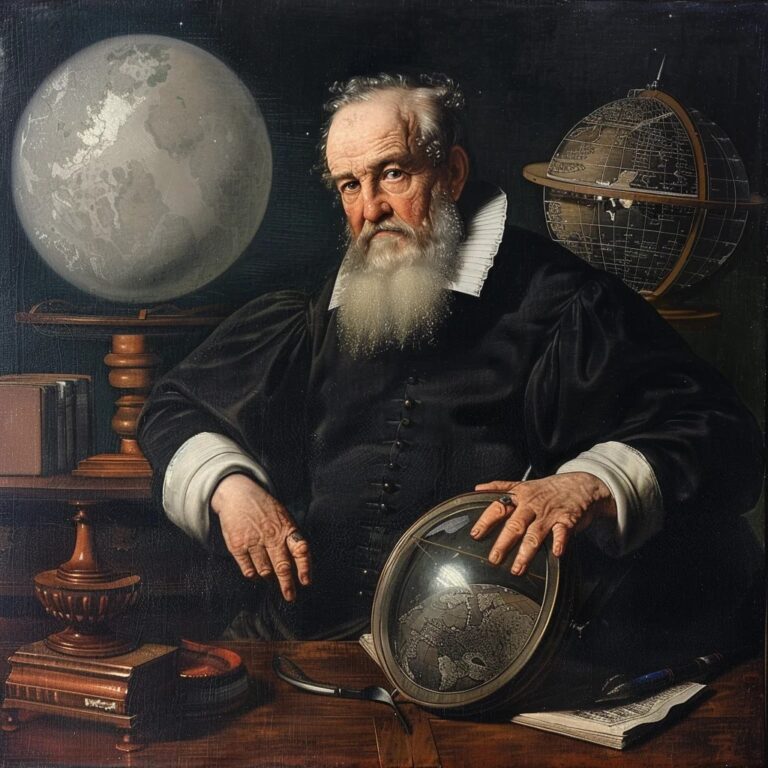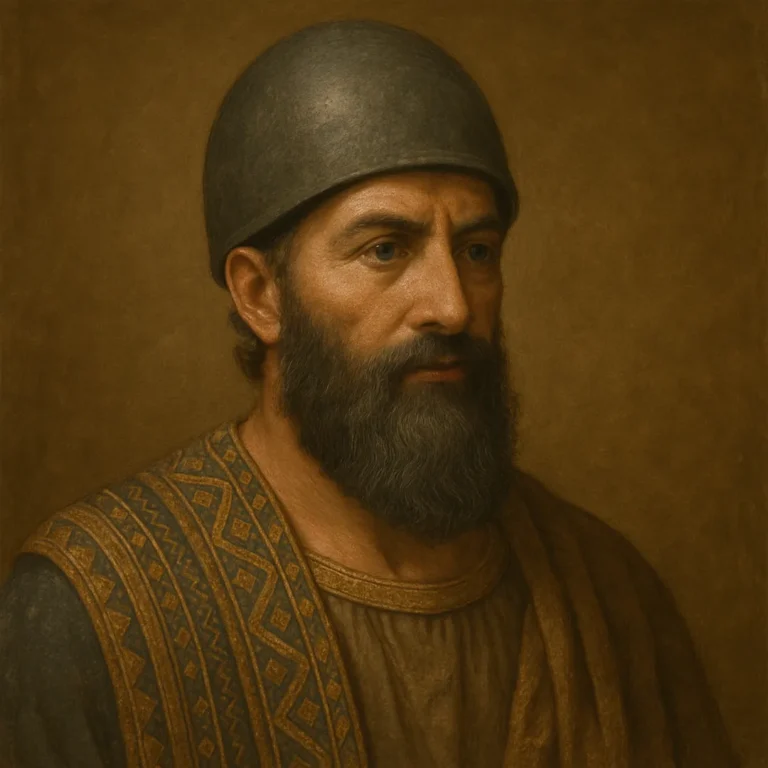Leonhard Euler was born on April 15, 1707, in Basel, Switzerland.
He introduced many modern terminologies and notations in mathematics, such as the concept of a function and the use of the letter 'e' for the base of natural logarithms.
Euler made significant contributions to the field of topology, and the Euler characteristic is named in his honor.
He solved the famous Königsberg Bridge problem, laying the foundation for graph theory.
Euler was the first to introduce the idea of mathematical functions, using the notation f(x).
He lost sight in his right eye in 1738, yet continued to work prolifically.
Despite becoming completely blind in 1766, Euler produced almost half of his total works after losing his sight.
Euler's work 'Introductio in analysin infinitorum' is considered one of the first textbooks on modern mathematical analysis.
He made substantial contributions to mechanics, fluid dynamics, optics, and astronomy.
Euler was a prolific writer and published more than 800 papers and books during his lifetime.
The Euler formula, e^(ix) = cos(x) + i sin(x), is considered one of the most beautiful equations in mathematics.
He developed the Euler-Bernoulli beam theory, which is fundamental in the study of structural mechanics.
Euler was appointed to the St. Petersburg Academy of Sciences at the age of 20 and later worked at the Berlin Academy of Sciences.
Euler's name is associated with numerous mathematical concepts, including Euler's number, Euler's angles, and Euler's constant.
Leonhard Euler passed away on September 18, 1783, in St. Petersburg, Russia, leaving a lasting legacy in the world of science and mathematics.



